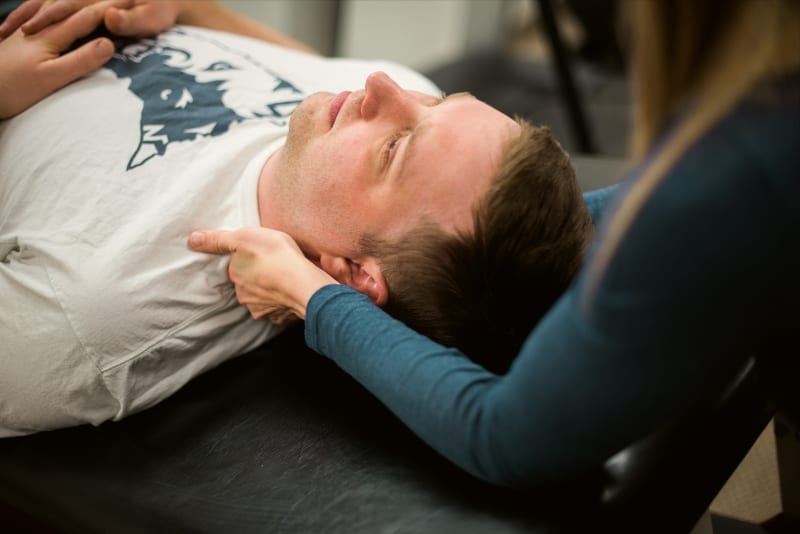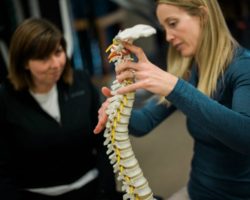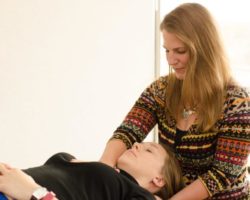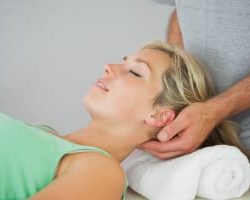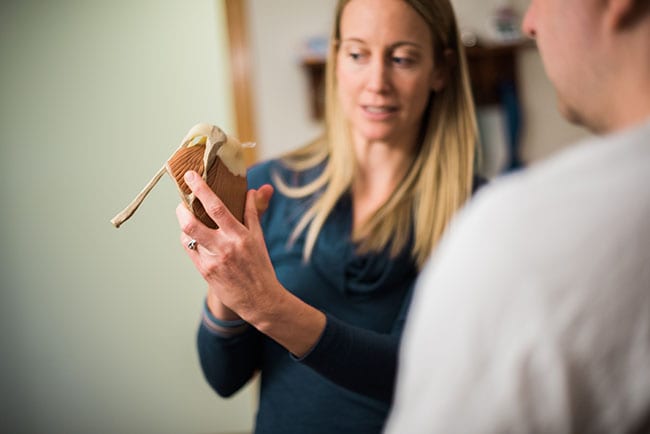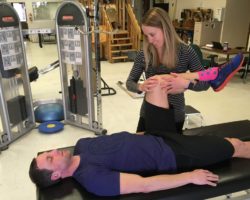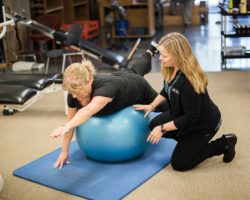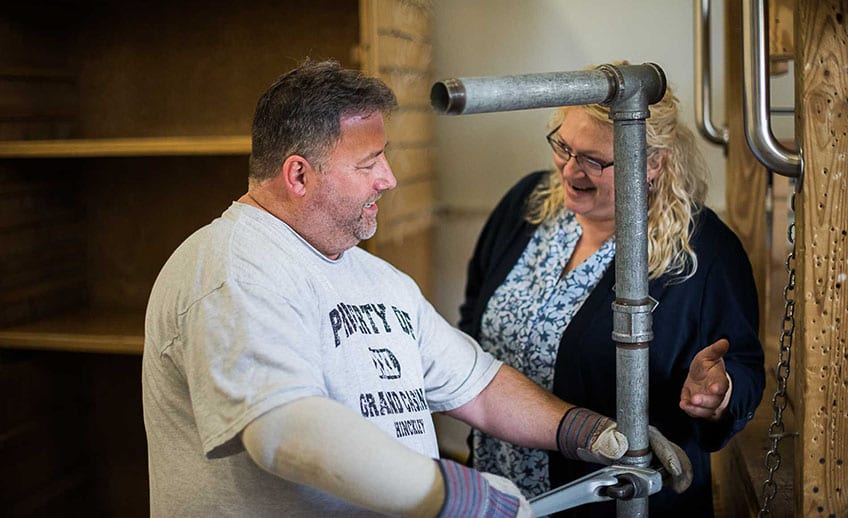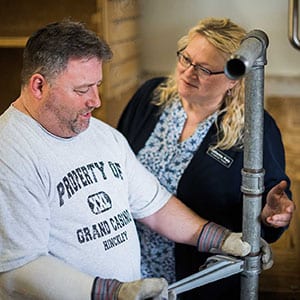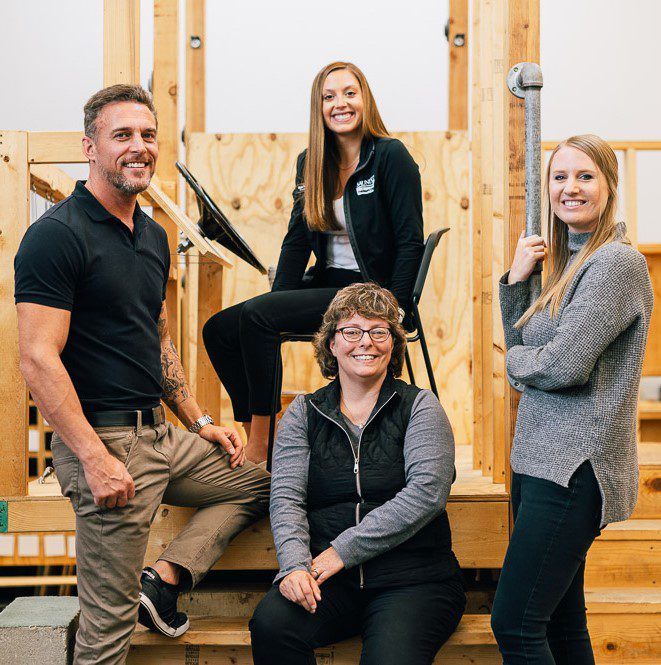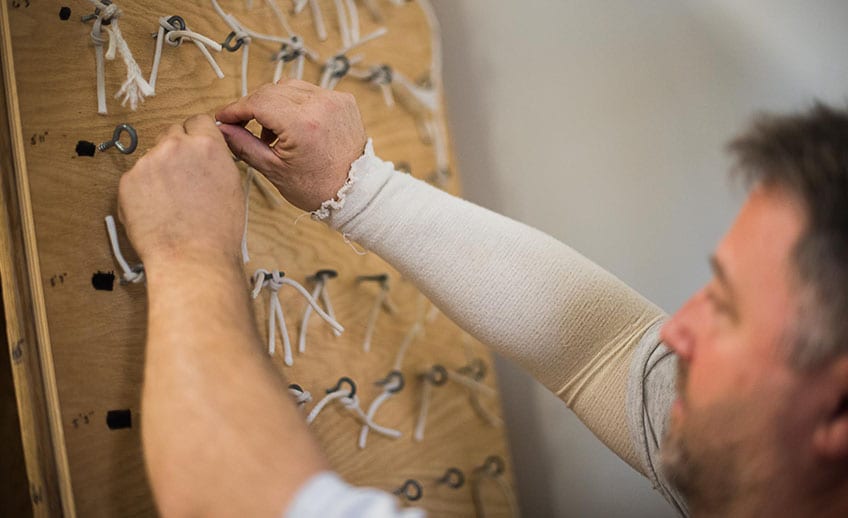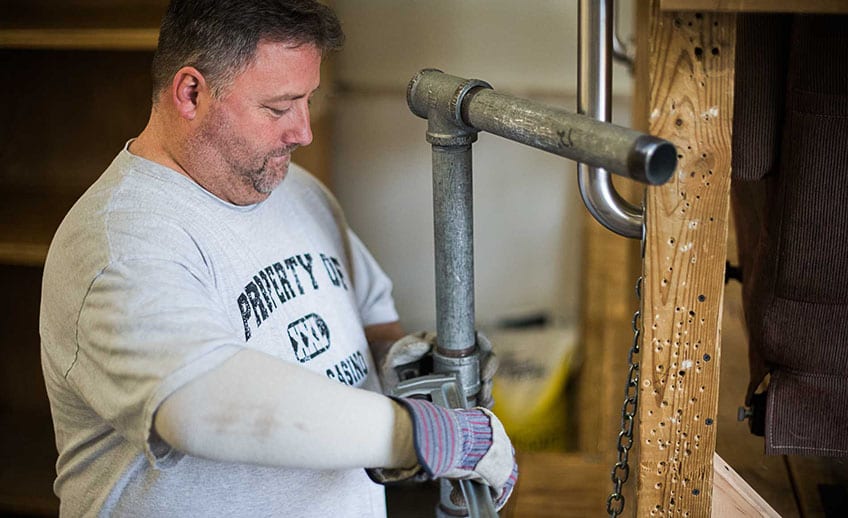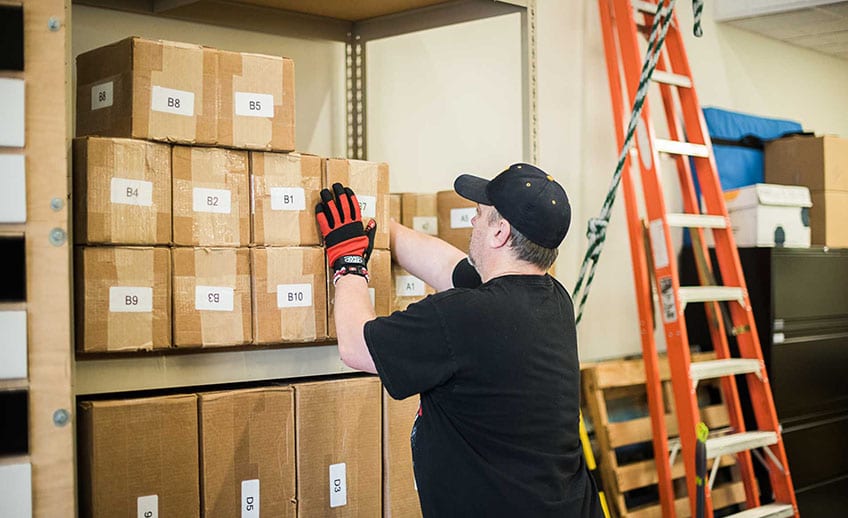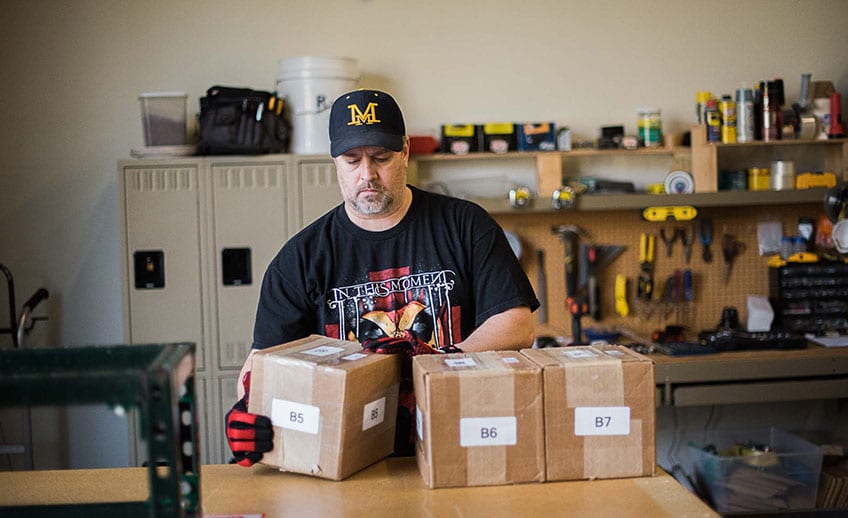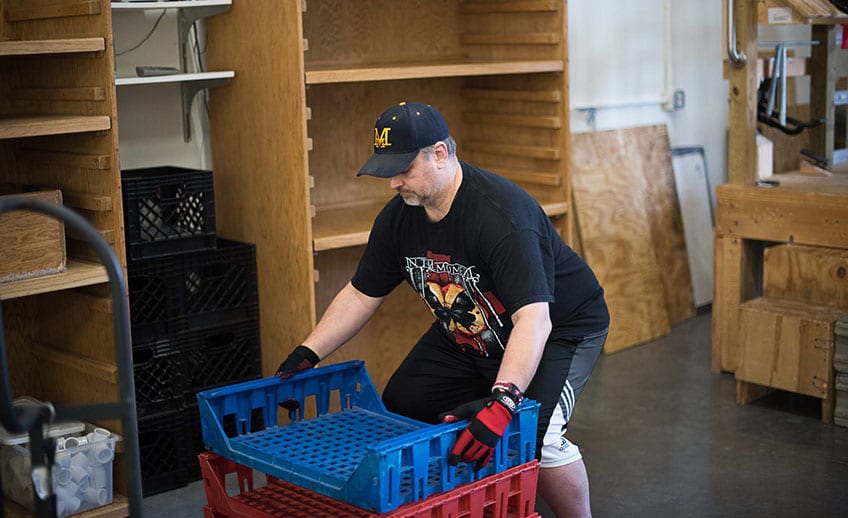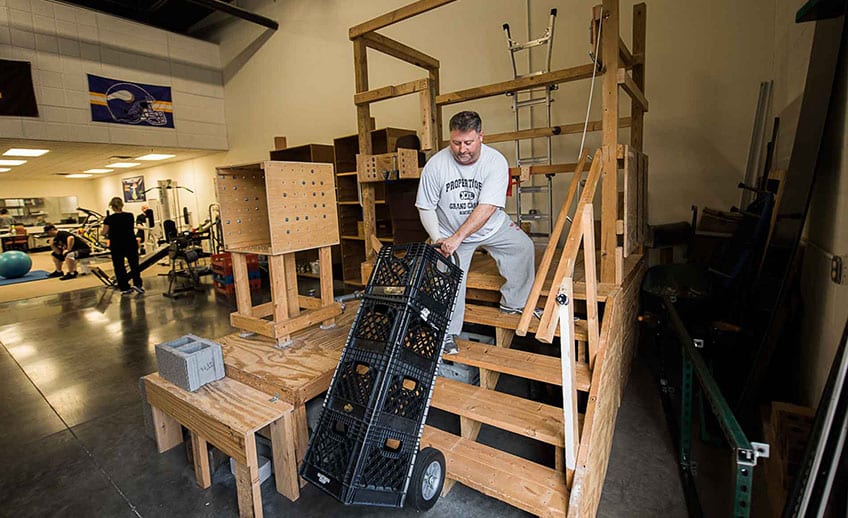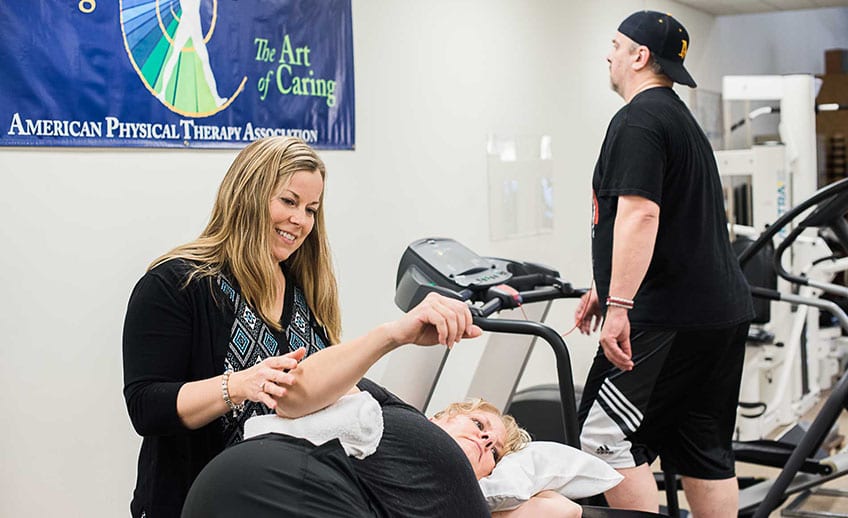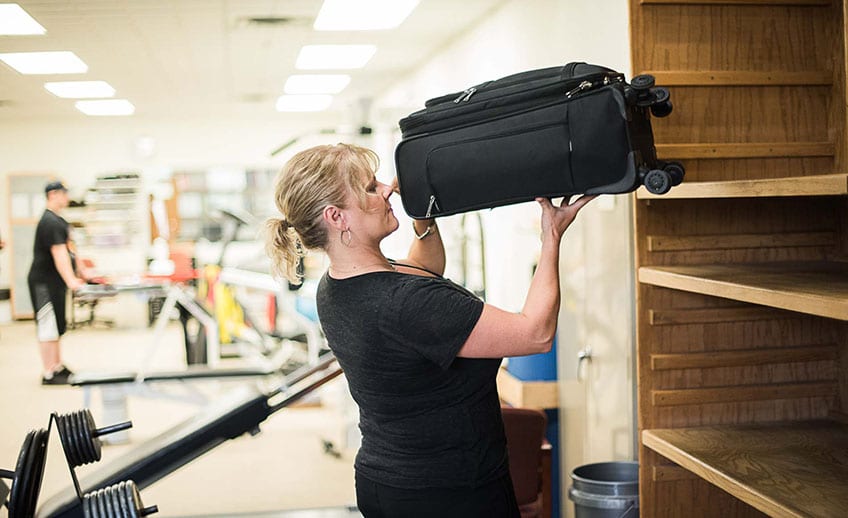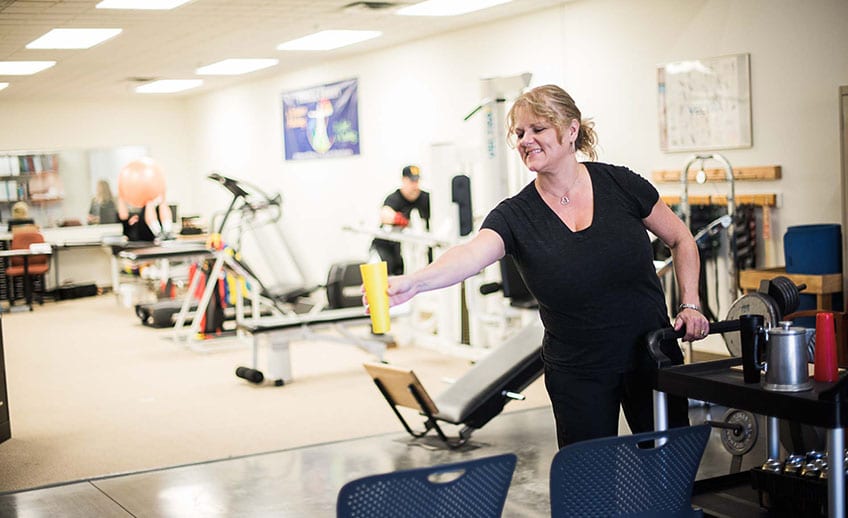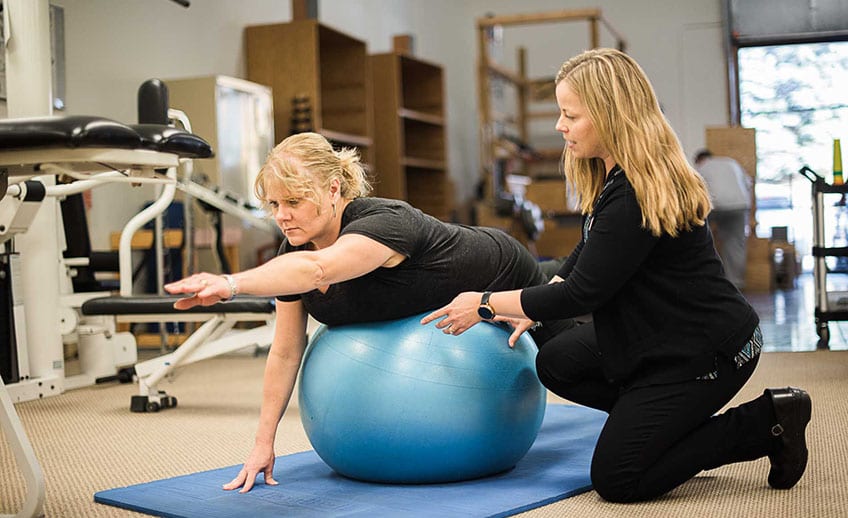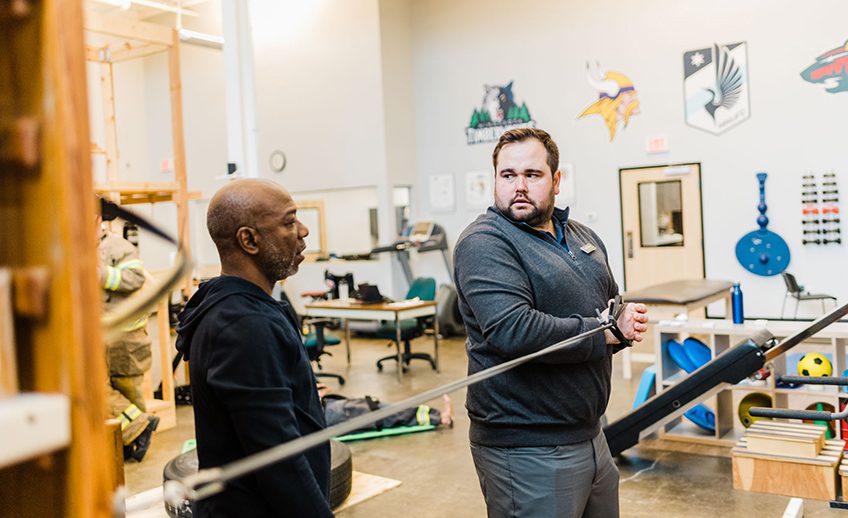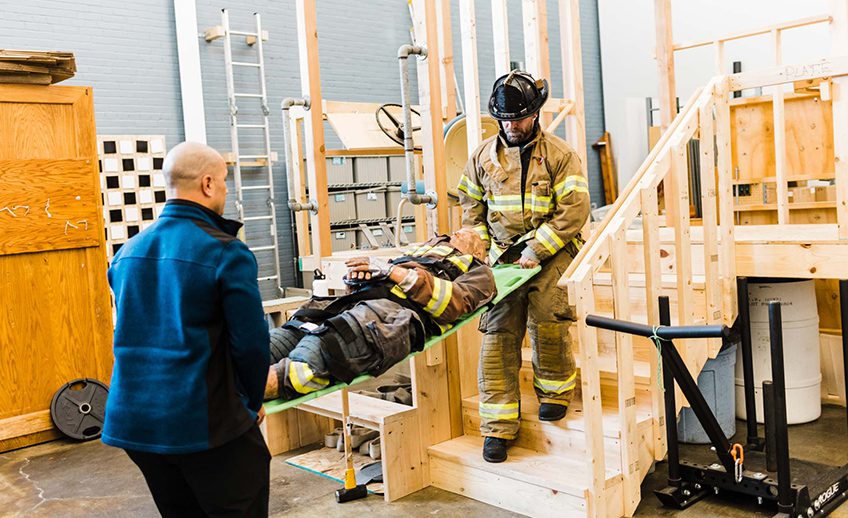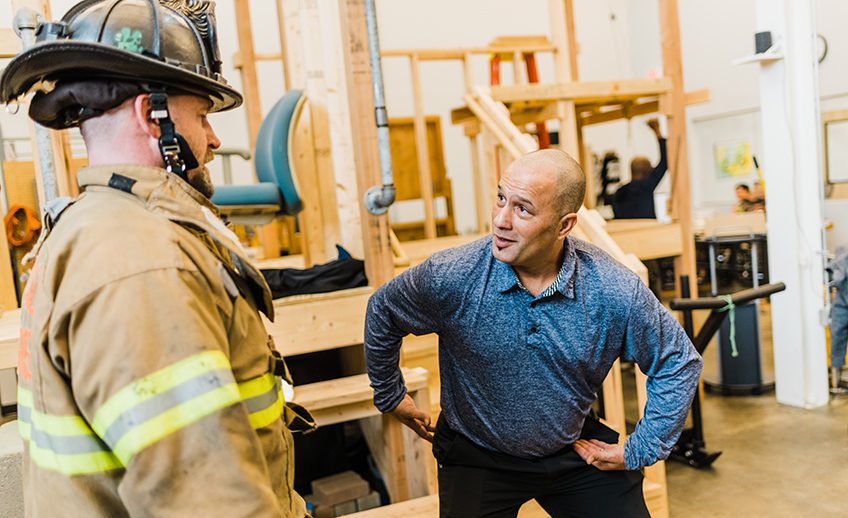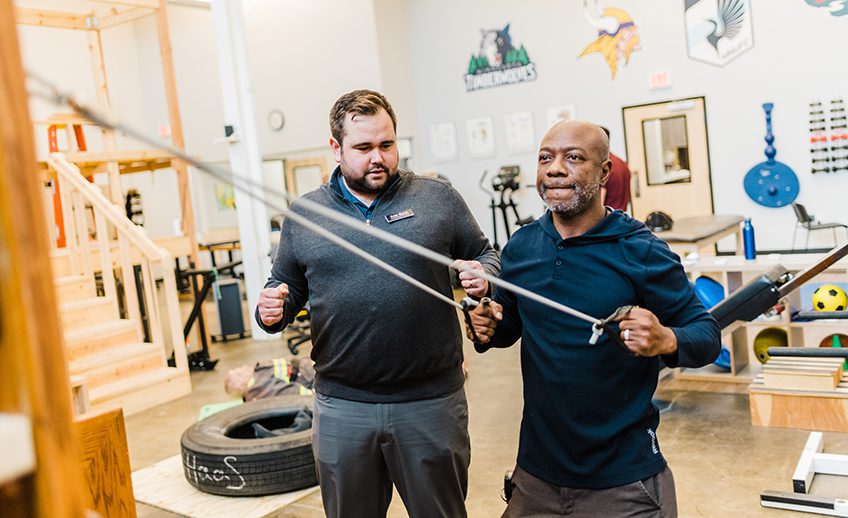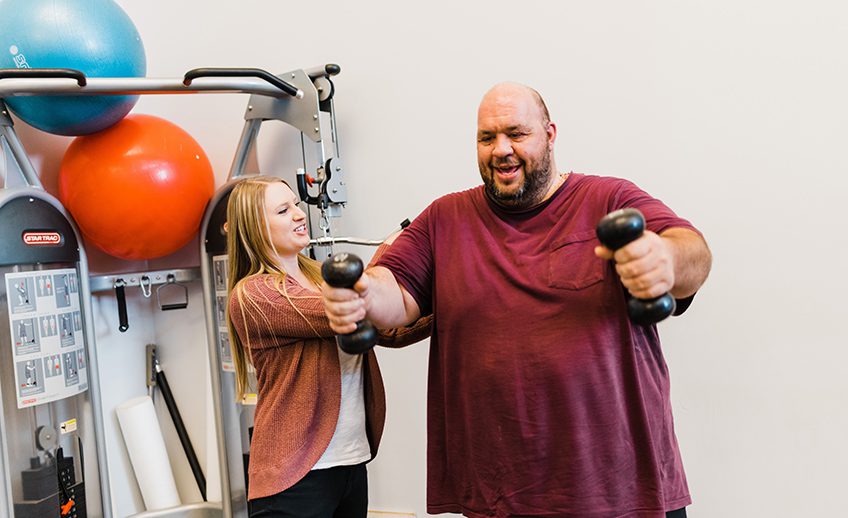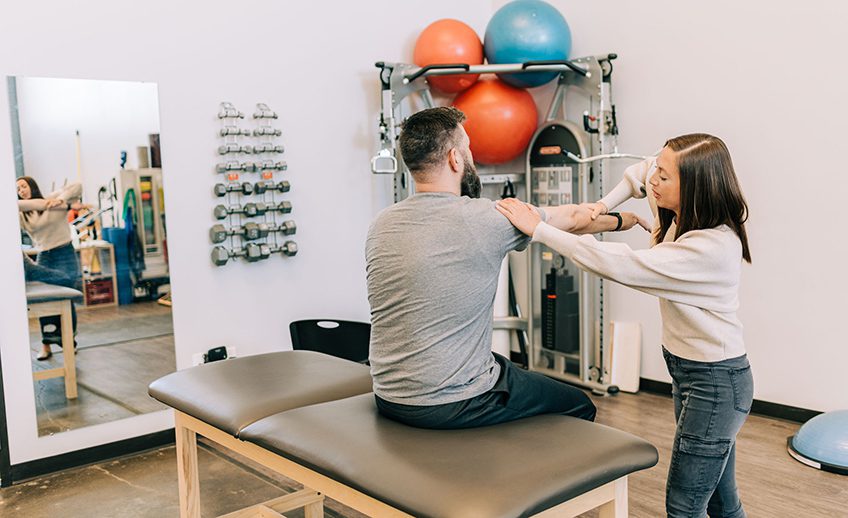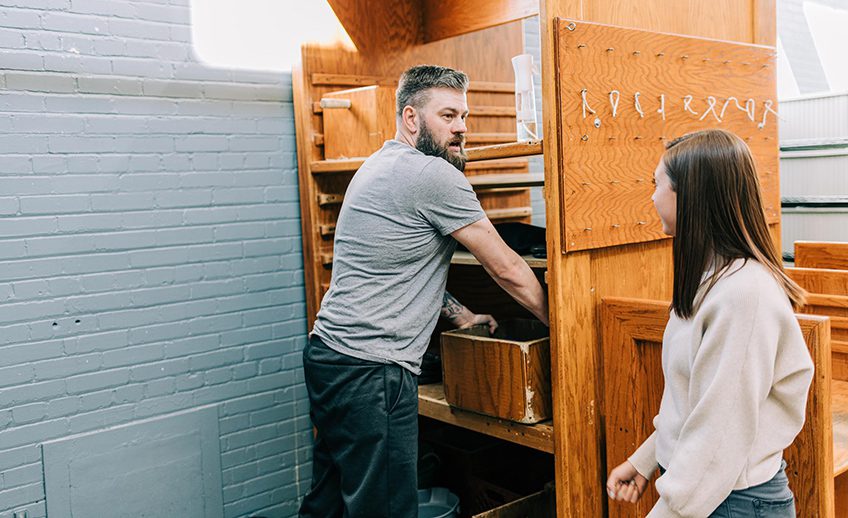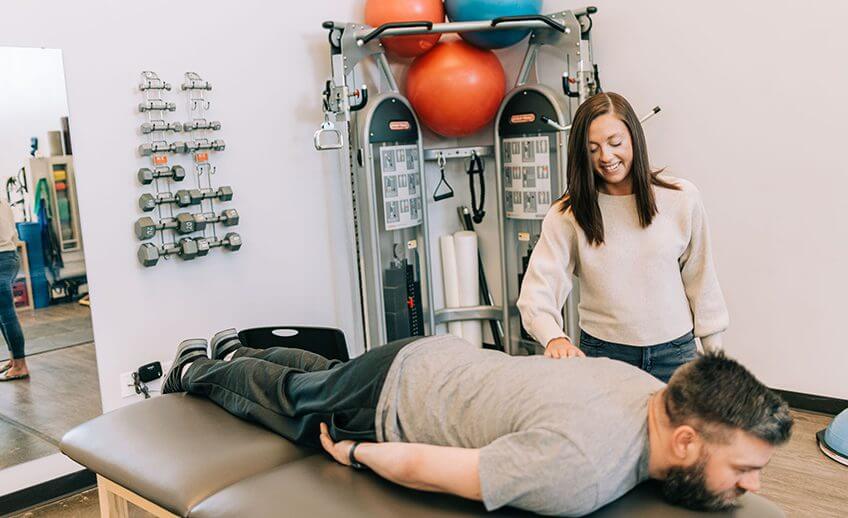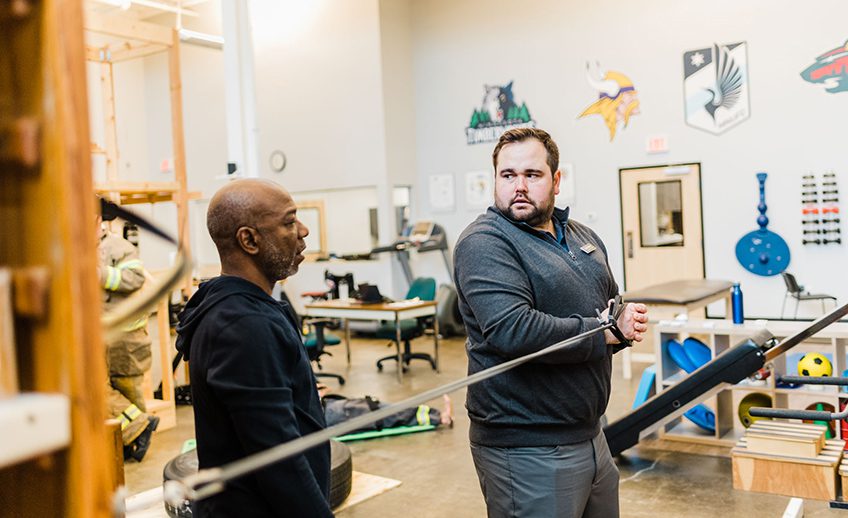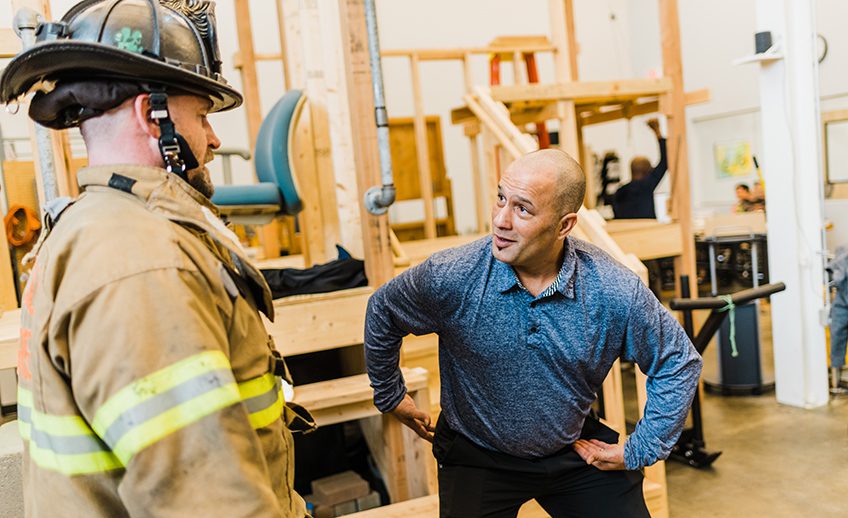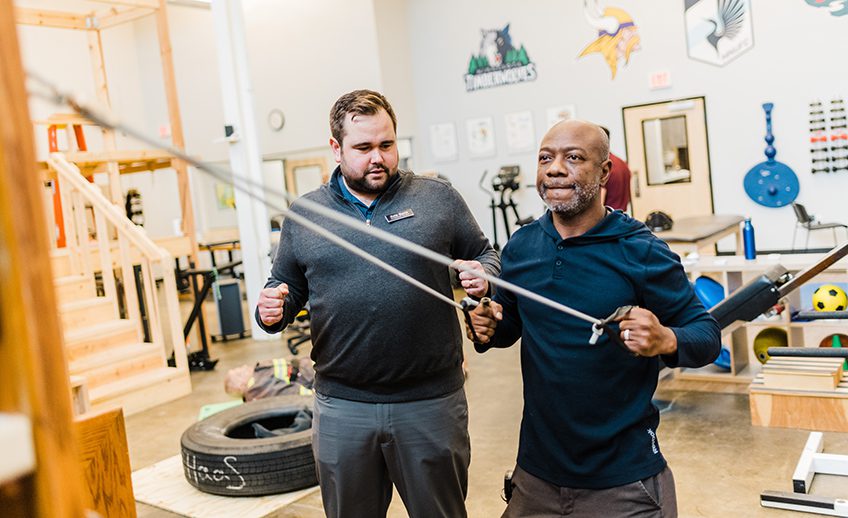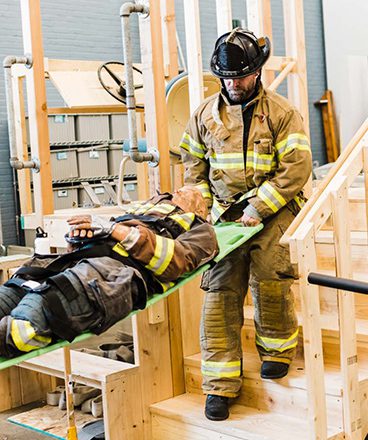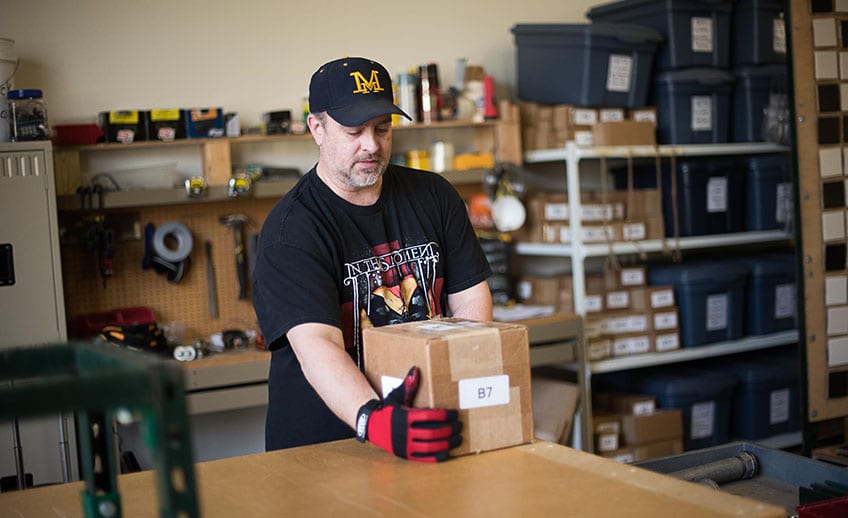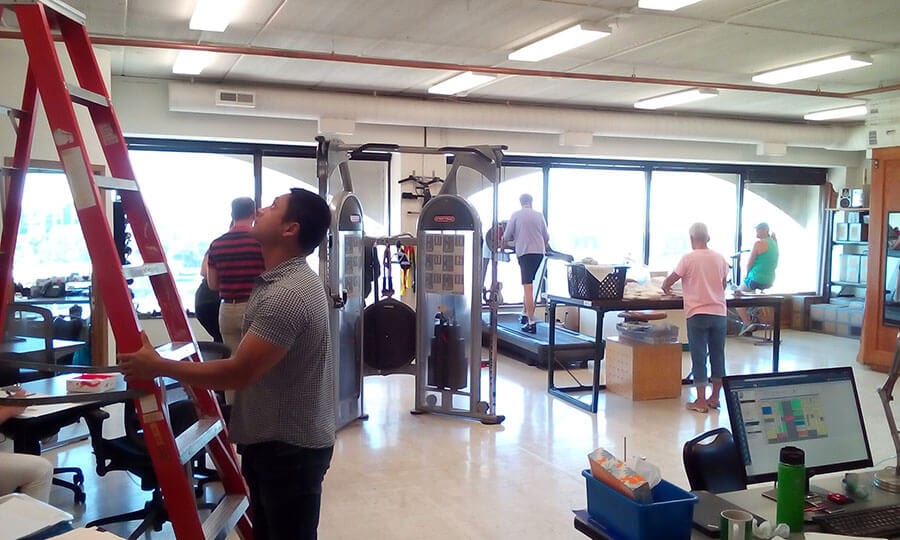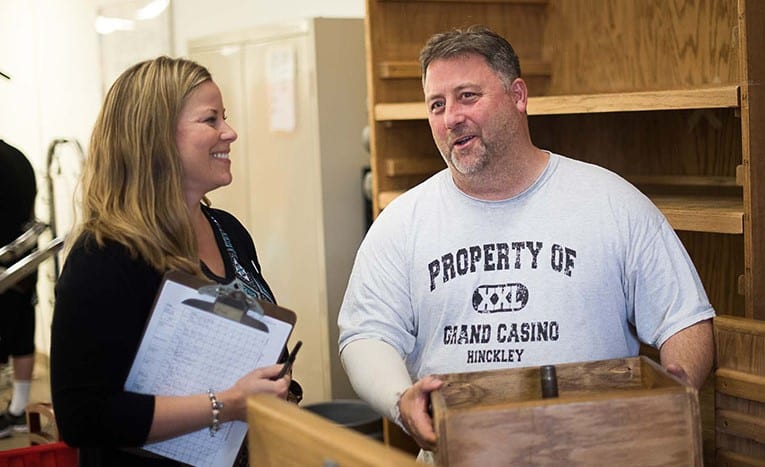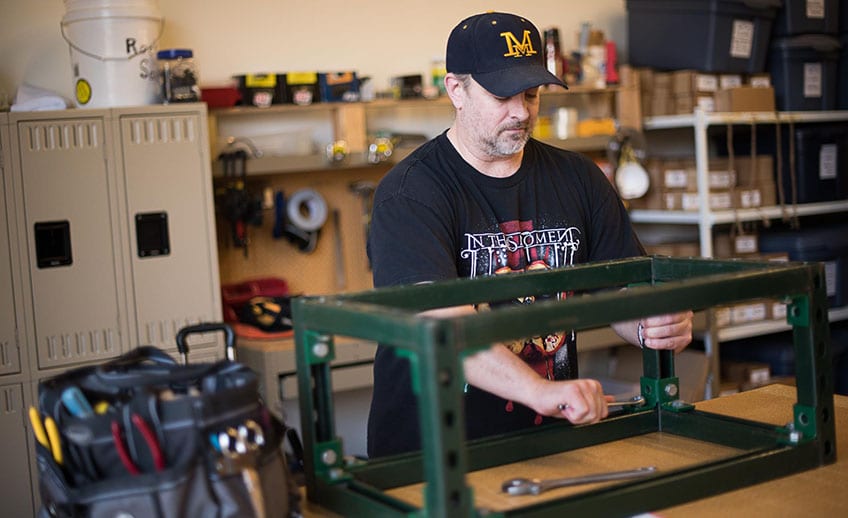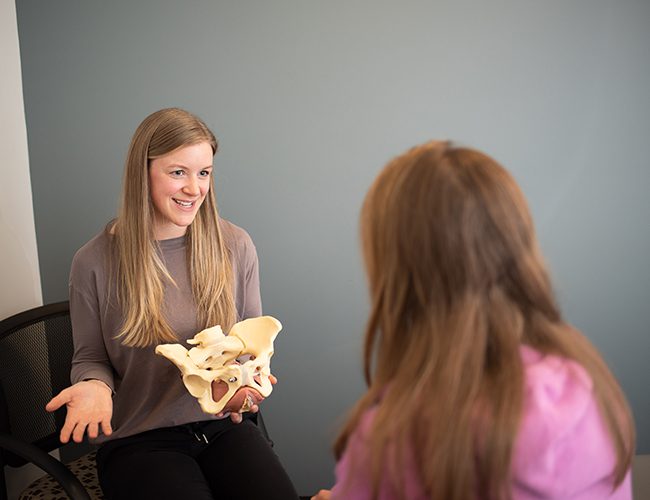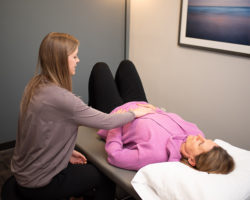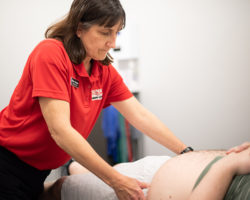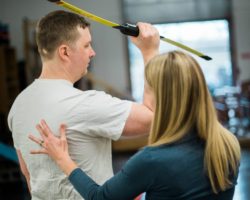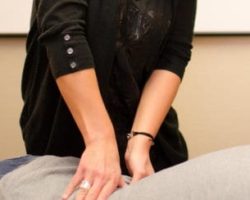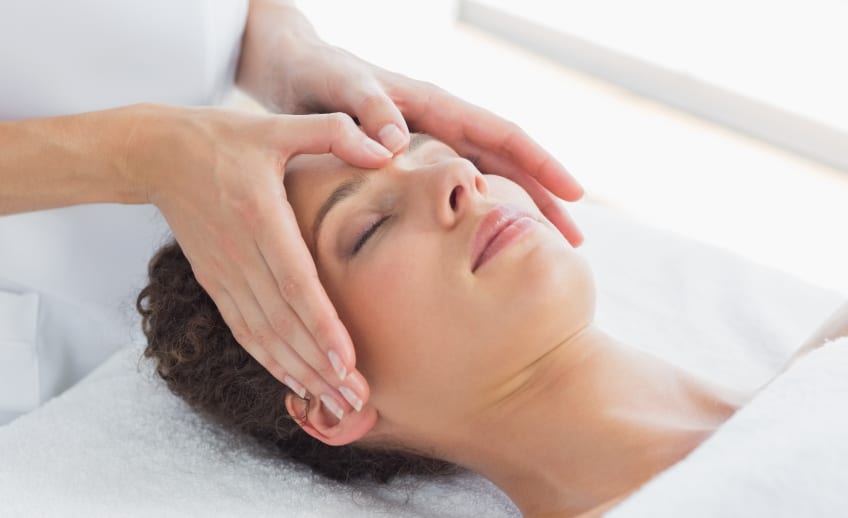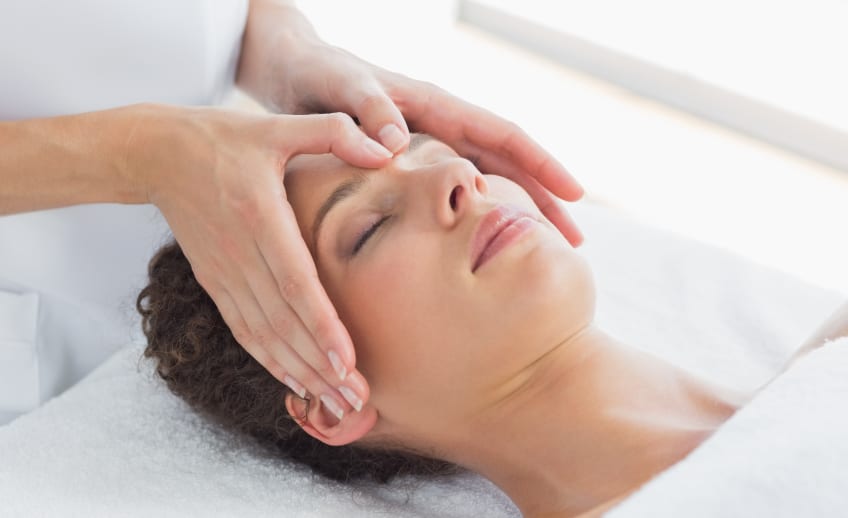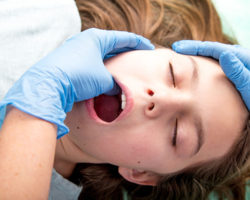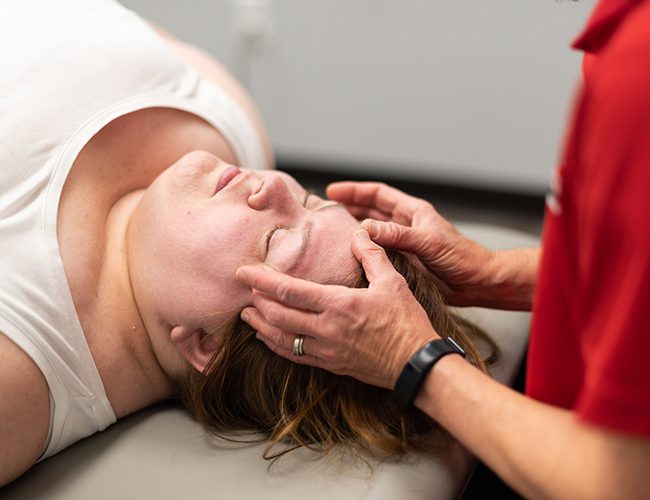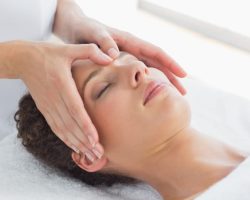Very little has been written about the rehabilitation needs of Covid-19 survivors after a long hospital stay or complications from the disease. Covid-19 can affect multiple body systems, including cardiac, neurological, and cognitive, and can cause mental health concerns and severe deconditioning.
Some people struggle returning to function after recovery from Covid-19. It can be difficult for patients to return to optimal activity because they don’t know how start or how to progress. Frustratingly, it’s easy to over-do exercise or activities without guidance, even if you were used to vigorous exercise before your illness. Our staff is uniquely positioned to help you regain as much function as possible, while following appropriate precautions to ensure your safety. Our approach entails:
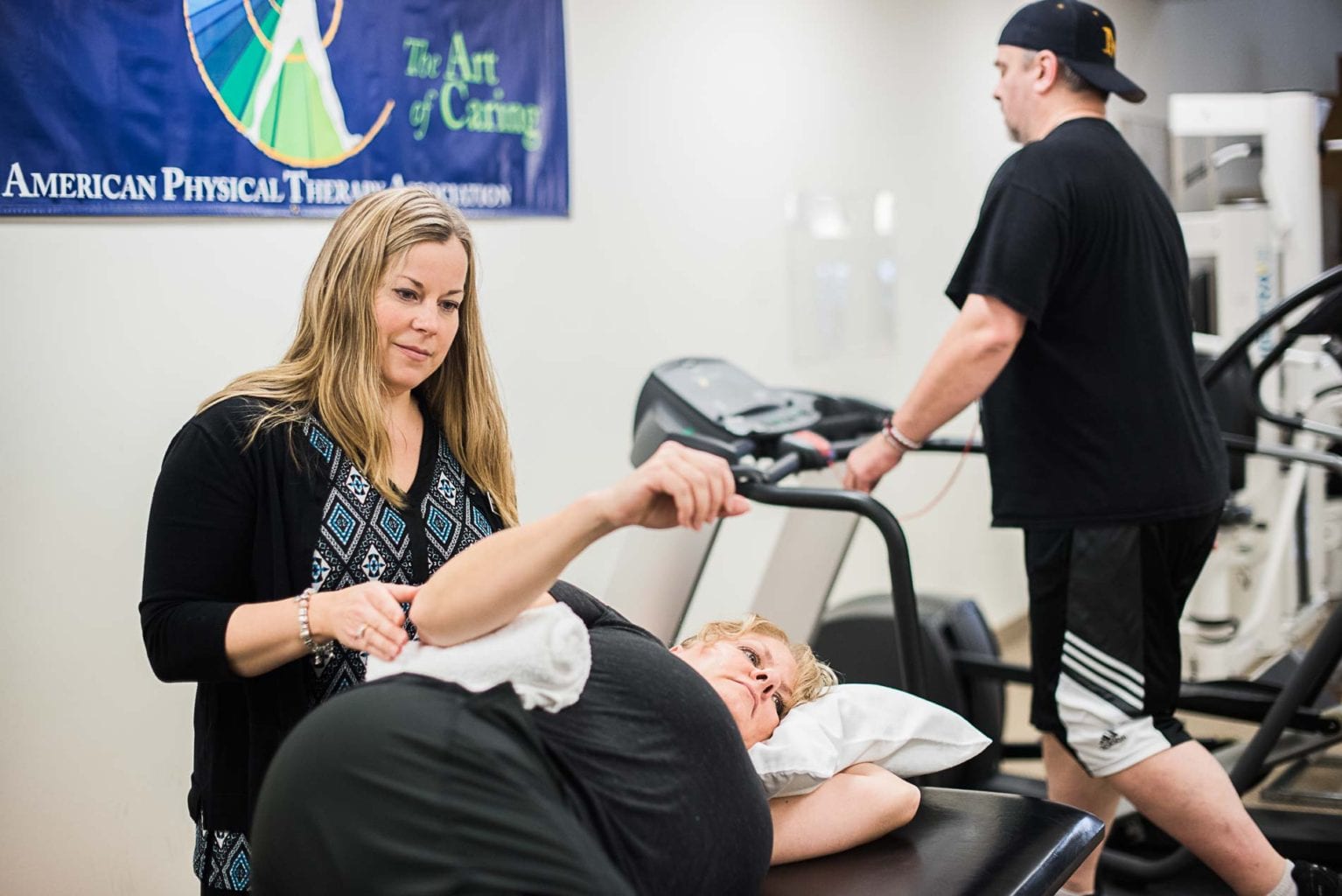
- Cardiovascular endurance training – we start slow and progress as tolerated
- Progressive, graded exposure to difficult activities/tasks – the key is adding a little at a time, with professional monitoring
- Balance, coordination training – we are finding that many patients struggle with this, and we have many exercises and activities to challenge balance and coordination JUST ENOUGH, but not too much
- Monitoring of vitals (e.g., O2, pulse, respiration, blood pressure) – we will monitor you closely to ensure good tolerance
- Coaching on fear-avoidance; coaching on stress reduction strategies – fear and stress are a natural part of the recovery process for many of our patients
- Other customized activities to meet identified needs (e.g., work simulation or modification/practice of activities of daily living)
Before beginning a rehabilitation program, we perform a thorough evaluation to ensure a good baseline and establish a safe program geared toward meeting YOUR SPECIFIC GOALS. We work with your physician as needed and send regular updates about your progress.
FAQs About Saunders’ Post Covid-19 Rehabilitation Programs
Q: Does my insurance cover Post Covid-19 Rehabilitation?
A: Most insurance plans cover physical therapy for functional problems like strength, endurance, pain, and cardiovascular/pulmonary problems, and these are the problems we would be treating. We can help you determine your insurance coverage if you call.
Q: Do I need a physician referral for treatment of Post Covid-19 symptoms?
A: While most insurances do not require a physician referral to start physical therapy we will verify your insurance coverage and their requirements. Please contact us to learn more.
Q: Why is Saunders Therapy particularly well-suited for Post-Covid rehabilitation?
A: Prior to the pandemic, Saunders Therapy Centers specialized in progressive, graded exposure to painful or problematic activities, and customized training to improve function. We are experts at maximizing function. We have a large gym with a variety of exercise and job simulation equipment, with a great staff eager to help you get back to your best function. We are used to (and skilled at) working with clients with multi-factorial issues – not just a single body part.
Q: What can I expect in the evaluation?
A: At a minimum, your functional evaluation will include joint and muscle range of motion and strength testing, balance assessment, and exercise capacity assessment with a 6-minute walk test to establish a baseline. If your illness was work-related or involves significant work-related deficits, job-specific functional testing may be done. In some cases, a Work Hardening Program may be indicated.
Q: What type of treatment plan can I expect?
A: Most patients can reach full benefit by attending physical therapy sessions 2-3x/week, where you will work on a progressive program in our large gym, plus supplement in-clinic activities with a customized home exercise program. We can work with you on YOUR preferred schedule. Some people like infrequent visits and perform most of their exercises/activities at home, while others prefer (and need) more supervision with more frequent visits. You can expect to be followed by your therapist team for up to 6-8 weeks, depending upon your individual circumstances.
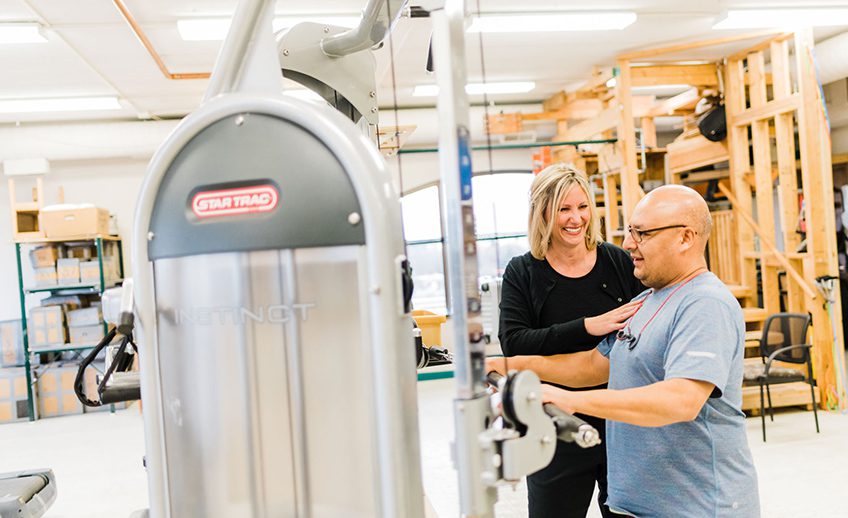 |
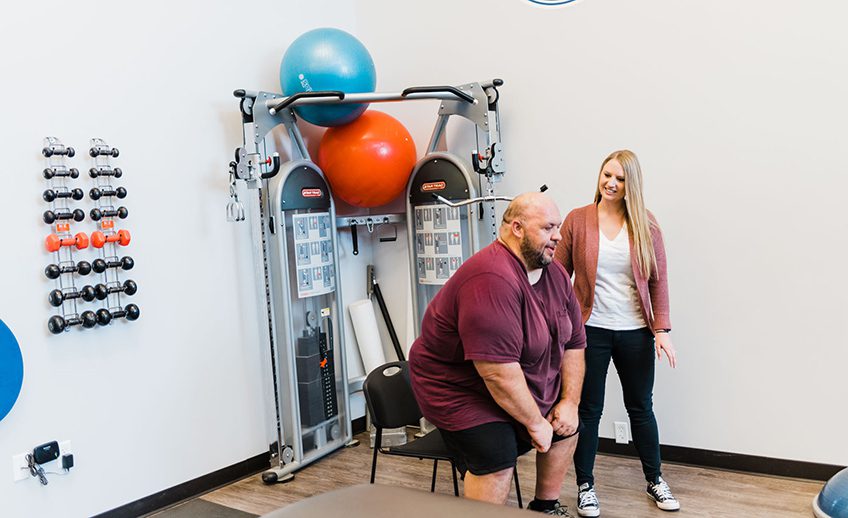 |
 |

